Generally speaking bankruptcy and asset protection are not thought of in the same sentence or conversation. Nevertheless, “bankruptcy planning” and “asset protection” all have similar concerns. Basically, these concerns include advanced planning or the positioning of assets; avoidance of claims regarding fraudulent conveyances; fraud; protection of inheritances and other considerations all play important roles in each process. Inheritances probably come foremost to mind in both instances. If one is facing extreme financial difficulties how does one avoid losing an inheritance if a bankruptcy is unavoidable? For one thing the bankruptcy code says that an inheritance received within 180 days of filing of the case can be taken by the bankruptcy trustee up to the amount required to satisfy debts. Of course this also means, that becoming entitled to an inheritance more than 180 days after the date of filing of the case puts the inheritance out of the reach of the bankruptcy trustee. But do not interpret this to mean that if the personal representative waits until after 180 days to make distribution, that the inheritance is protected. It means that the source benefactor must not die (thus activating the bequest/gift) until after 180 days of the filing of the bankruptcy. Needless to say, death is not always subject to timing. However, the filing of a bankruptcy generally is. That’s why it’s important to find out from a potential debtor in bankruptcy about the age and health of parents, siblings, business partners and other potential sources whose passing could result in an inheritance, prior to filing bankruptcy. Since the benefactor in such a case is entitled to do whatever they want to do with their own money, there are number of steps that can be taken prior to filing the case to eliminate the risk of losing the debtor’s inheritance. The most obvious of these is to make sure that any inheritance is structured in the form of a spendthrift trust. There are other steps that can be taken of course, depending on individual circumstances, none of which should be undertaken without guidance of competent counsel in both disciplines. An example of how the two disciplines can work together to assure a testator’s intent will be honored is provided in
PART II. UPDATE ON STUDENT LOAN FORGIVENESS
Student loan relief is likely to be put on the back burner until the new administration has a chance to evaluate the overall effect of student loan debt on the economy. The Obama newly minted regulations designed to help students who claim for-profit colleges defrauded them by inducing them to take on massive student loan debt with false claims of employment results, or worse, closing their doors before student borrowers could even complete their degrees and being left with nontransferable credits such as in the Corinthian Colleges Inc. fiasco, followed shortly after by ITT Tech and others. Well intended, it is now reported that, like so many government solutions to problems, cost to implement and fulfill the proposed relief was grossly underestimated. Student loan debt continues to exceed credit card debt and is second only to mortgage debt, at more than one trillion dollars, approximately one third of which is reported to be in default. Resolution of the student loan problem could be a simple matter of dialing the bankruptcy rules on student loan discharge back to 1978.


